I began collecting discarded materials in college when money was tight and the desire to create necessitated a certain kind of pairing of thriftiness with imagination.
Over time, finding a use for and elevating the value of old conference banners, a used shower curtain or cardboard boxes became an important sub-narrative to the works I make. The practice grew my interest in how commodity and material culture impacts and informs my sense of self, my perception of others, and how I assign value to objects.
Enter single-use plastics. I became aware of the devastating impacts of plastics a while back and it caused me to change things in my own life. With the pandemic, I began seeing plastics in a way so profound that I found myself feeling overwhelmed. Gloves, pop bottles, and takeaway containers began to line my street and plastic bags clung to the branches of trees outside my house.
I did not know what to do other than to start picking them up. This drove me to question what it means when something is disposable? What is the true cost of convenience? Who is most impacted by this plague of plastic? And what can we do with the plastics we currently have in circulation?
I did a lot of research and interrogated my own relationship to plastics. It’s not lost on me that communities of color are disproportionately impacted by plastics in how they are marketed to us, the proximity of where we live to where they are produced, and the limitations to how they are properly collected and discarded in our neighborhoods.
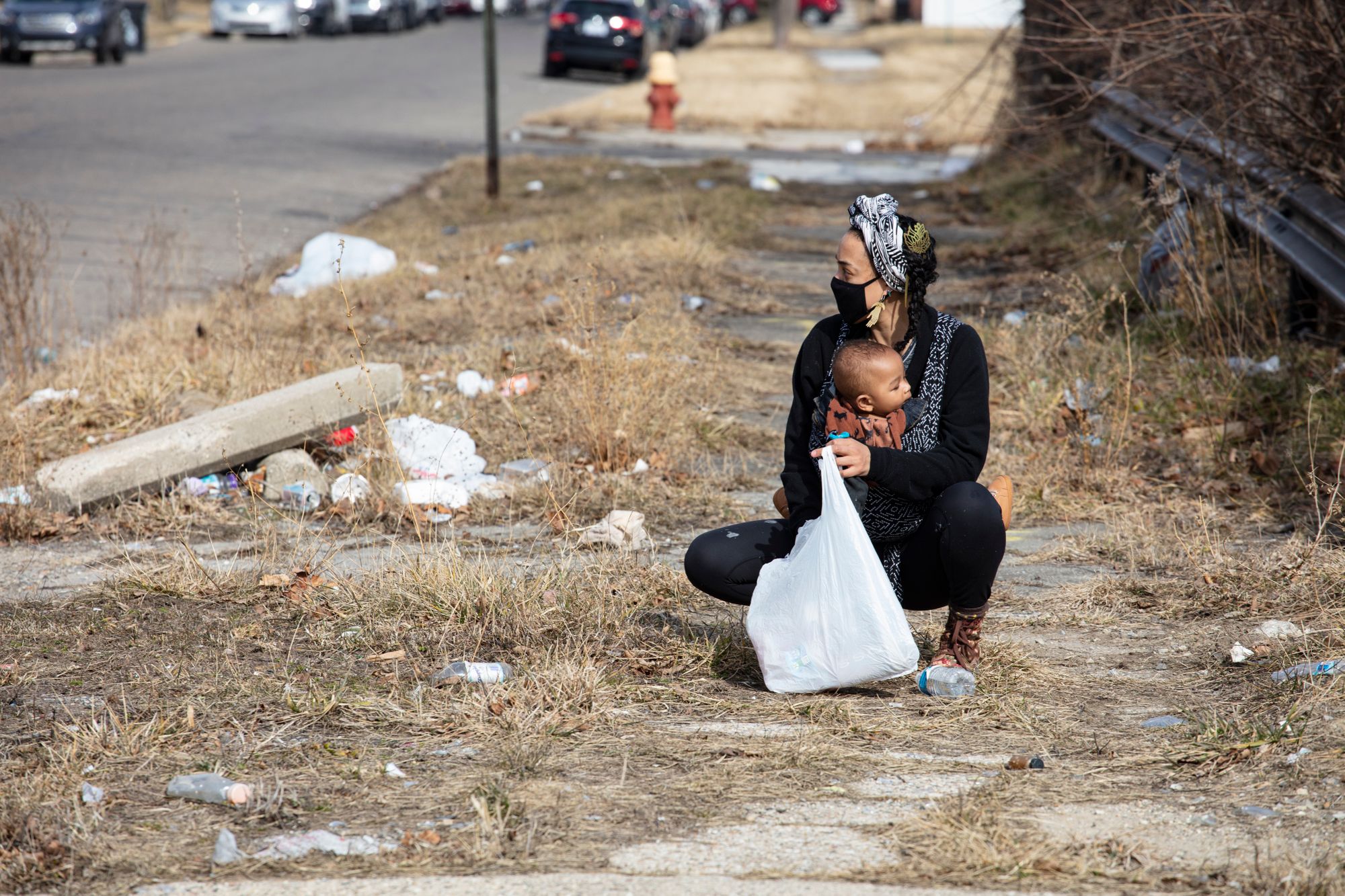
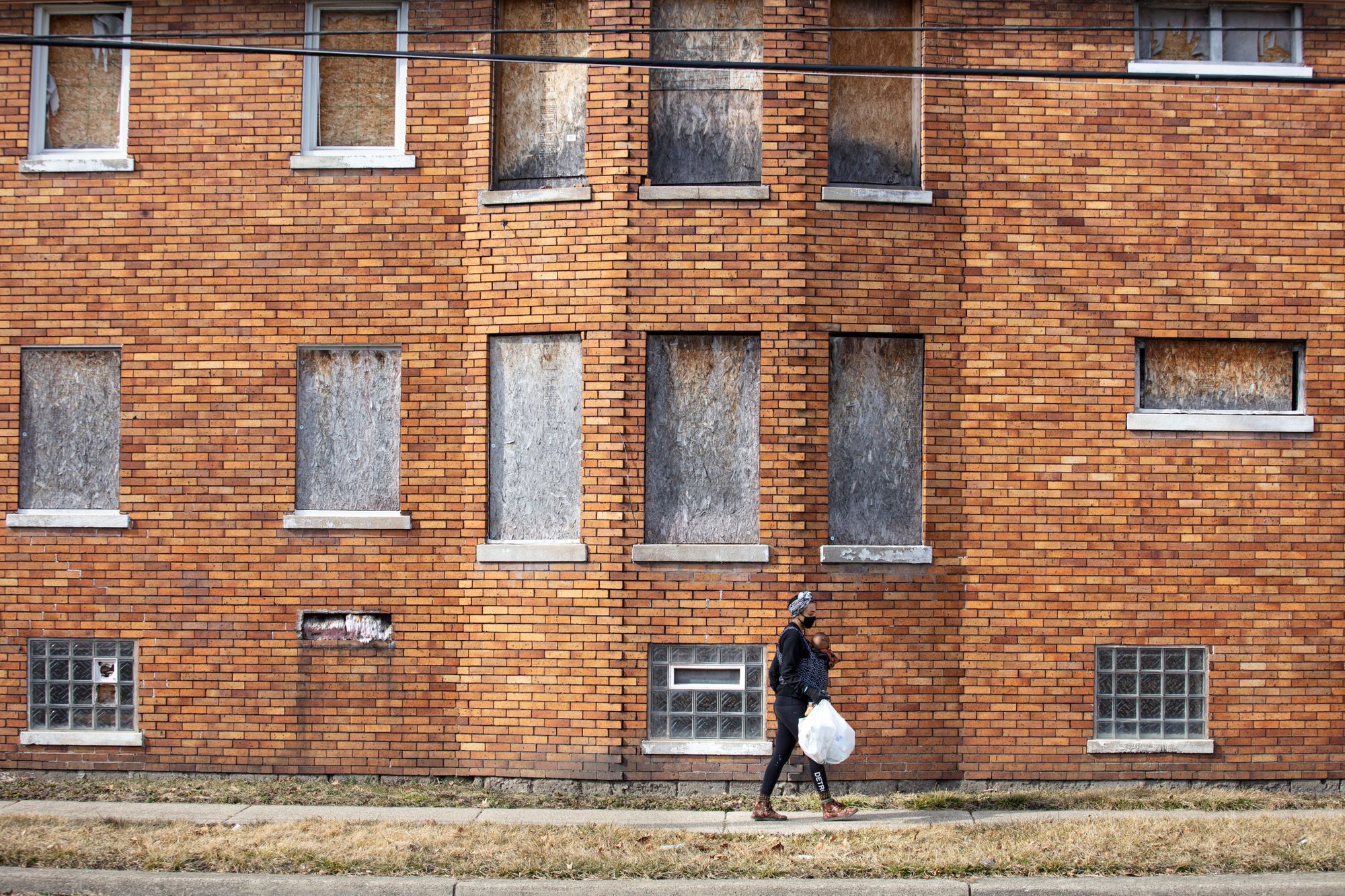
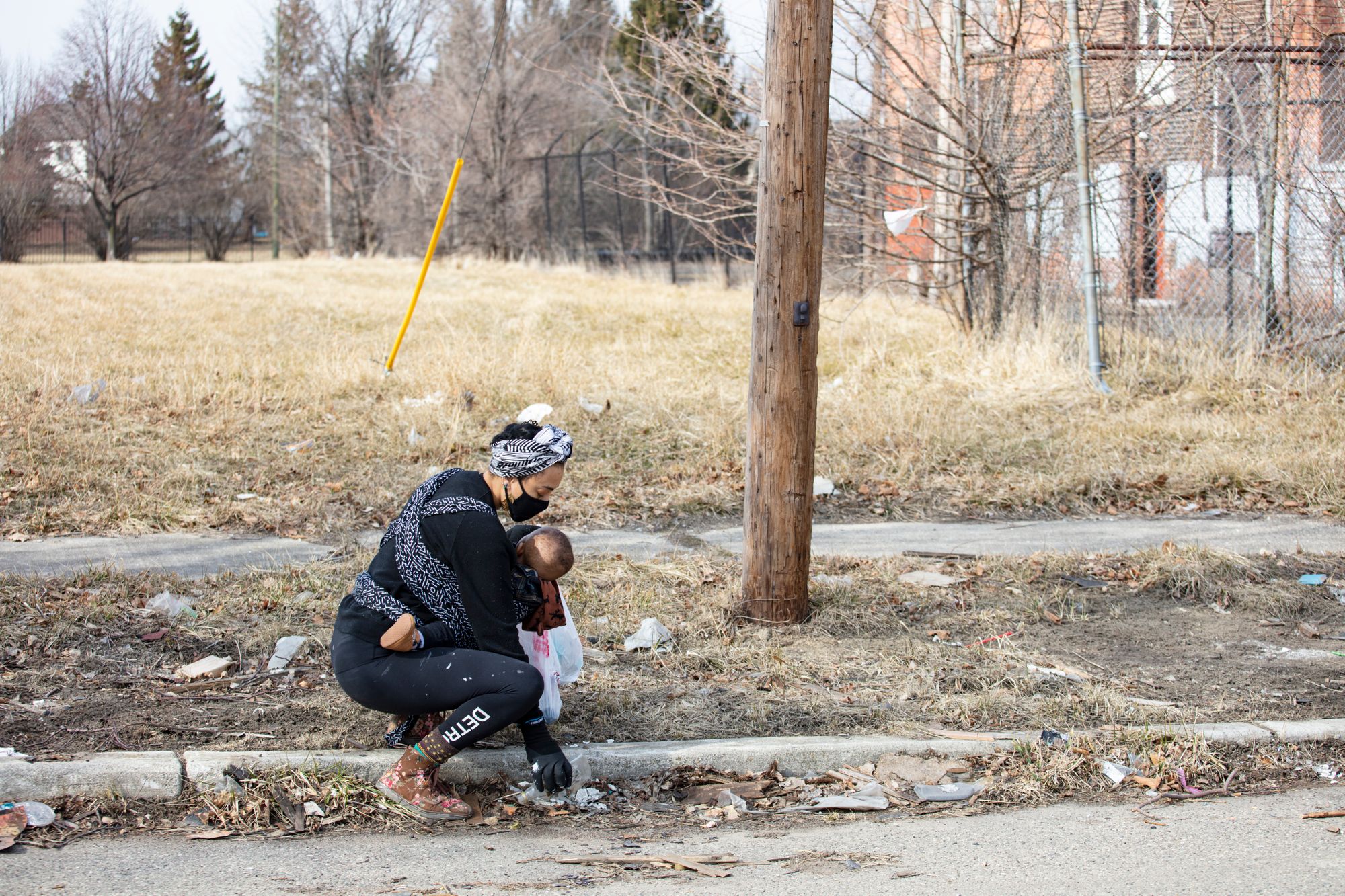
When fellow Reboot network member, Jonathan Bines introduced Plastover, my plastic journey took a whole new turn. I began thinking about Passover, my ancestor’s pursuit for liberation and the sacrifices they made that were necessary to secure their future and make it possible for me to exist. I also contemplated the rituals we partake in each year so that we remember the sacrifices of our ancestors. In this time of quarantine and isolation, we are forced to reimagine how we come together for Passover as we are also forced to grapple with the multitudes of urgent issues that plague us. Art can be a pathway forward for us.
This Passover, inspired by Plastover, I have created an installation, At Our Table, which is a reimagining of a Passover table constructed from locally sourced, discarded single-use plastics. The piece, displayed during Passover at the Museum of Contemporary Art Detroit (MOCAD) March 25-April 4, will also include a collection space for the community to deposit single-use plastics thanks to Hazon.
All the materials for the piece were gathered in Detroit, and while At Our Table centers a discussion that anyone anywhere can take part in, Detroit is the corner of the world that I call home. This is where I am raising my son and teaching him to be a good steward of the earth and a caring citizen. Detroit is where I'm putting my energy and intention into repairing the world.
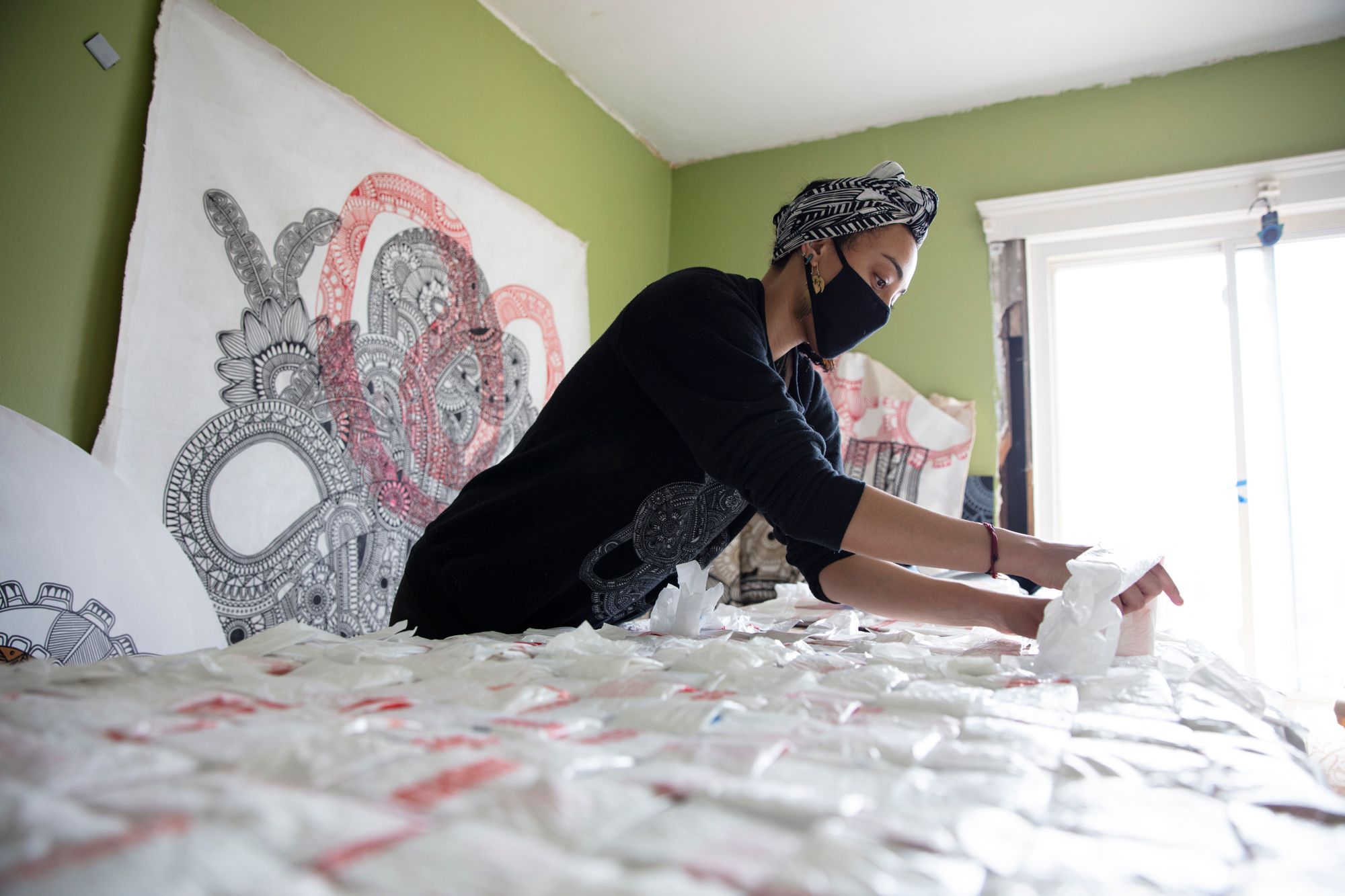
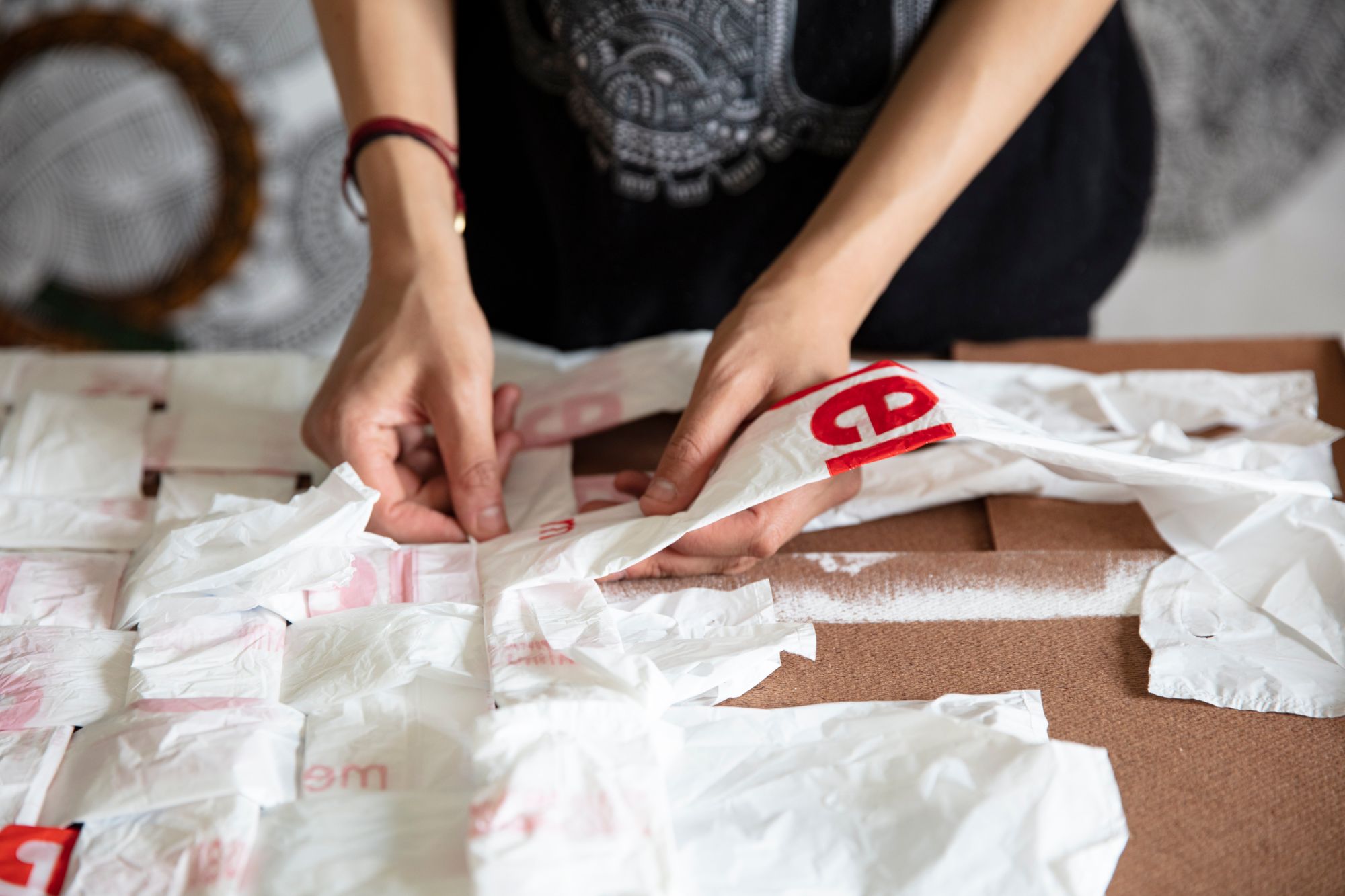
I choose to create this work because I want to have a hard conversation about what sacrifices need to be made to secure a future for our children. I know how challenging it is to talk about the climate crisis and the hardship in understanding the impact of our individual actions. These conversations and personal examinations are emotional and overwhelming because of the urgency. This challenge has inspired me to examine the changes I need to make in my life and creative practice and to reconsider what I create and how it might cultivate space and prompt conversation and action.
Art can inspire us, heal us and alter how we move through and see the world. My hope for At Our Table is that it will spark a dialogue on the true cost of convenience; ignite commitments and action so that we can secure a future free of plastic waste and help us examine how we can learn from our ancestors in our pursuit for liberation against modern-day plagues.
Learn more at plaguedwelling.com and see At Our Table through April 4 at MOCAD.
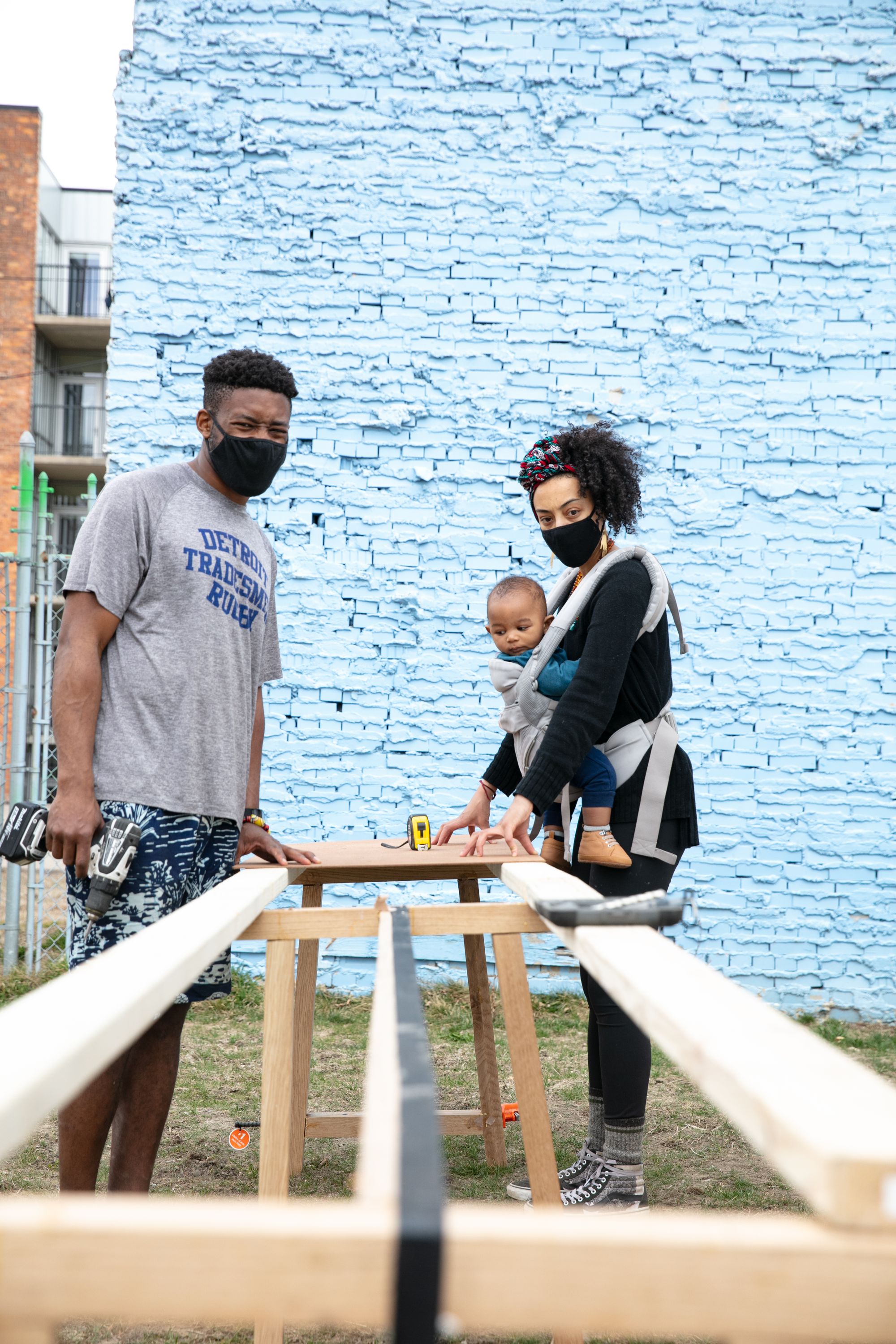
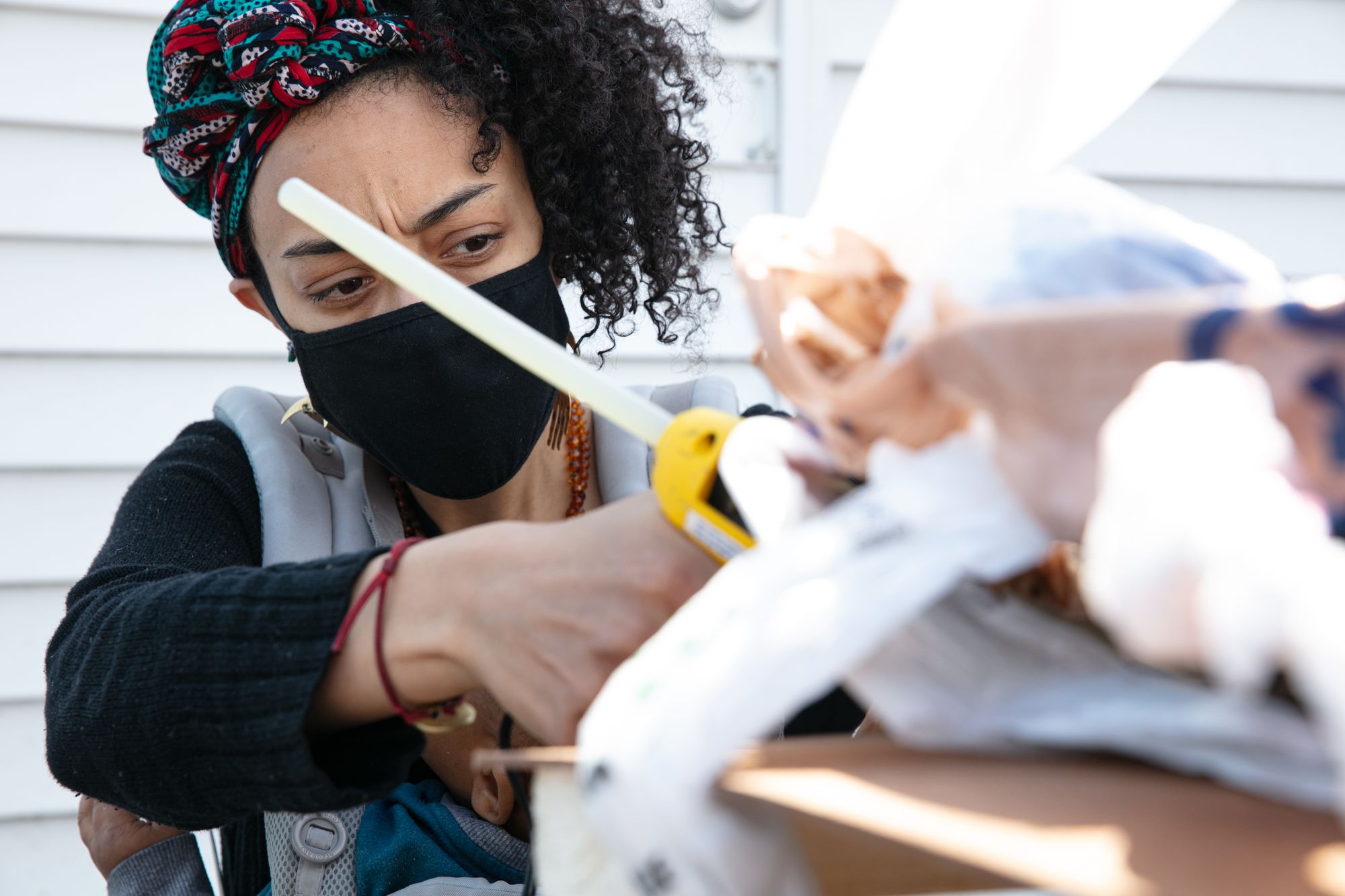
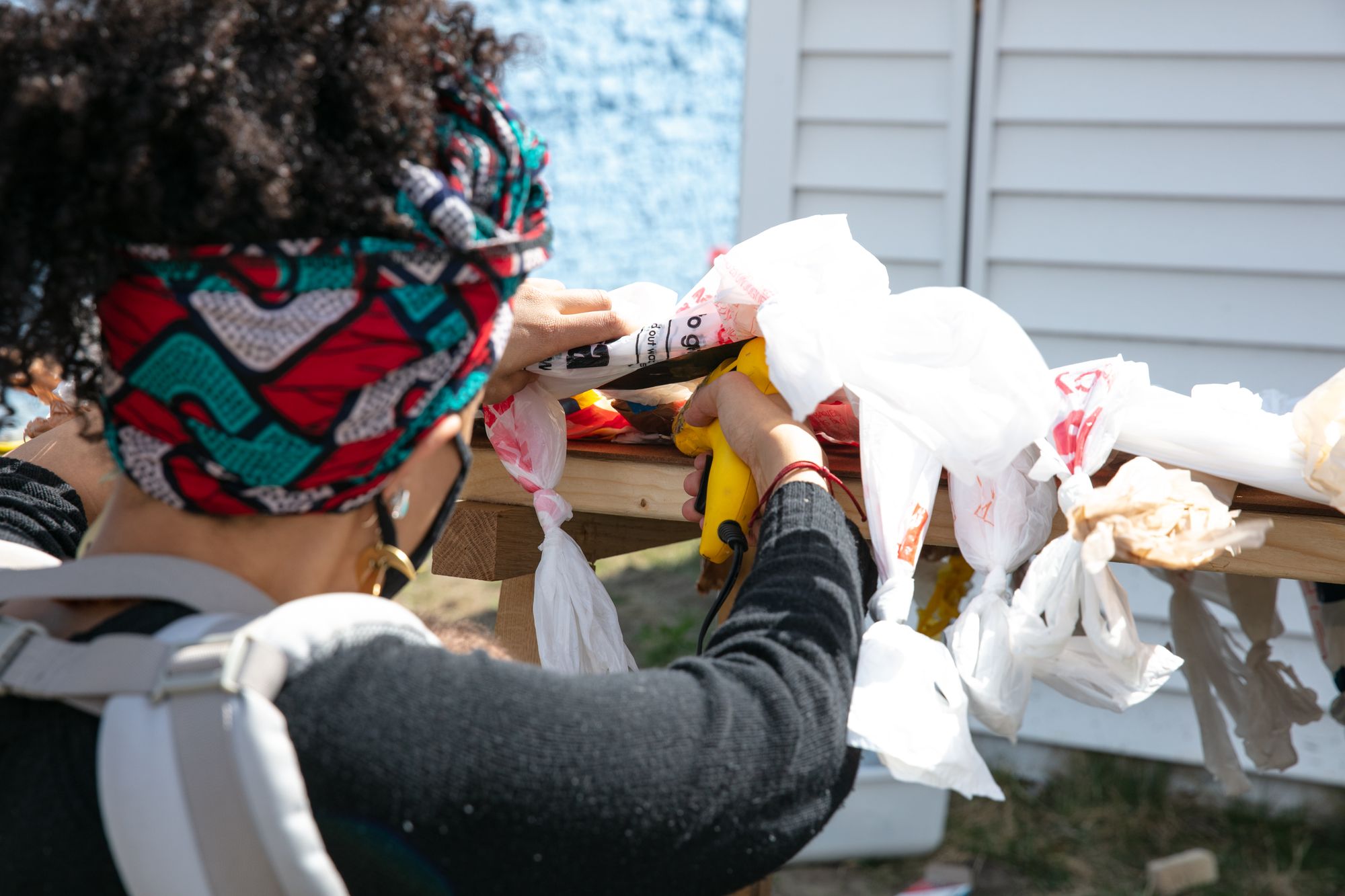
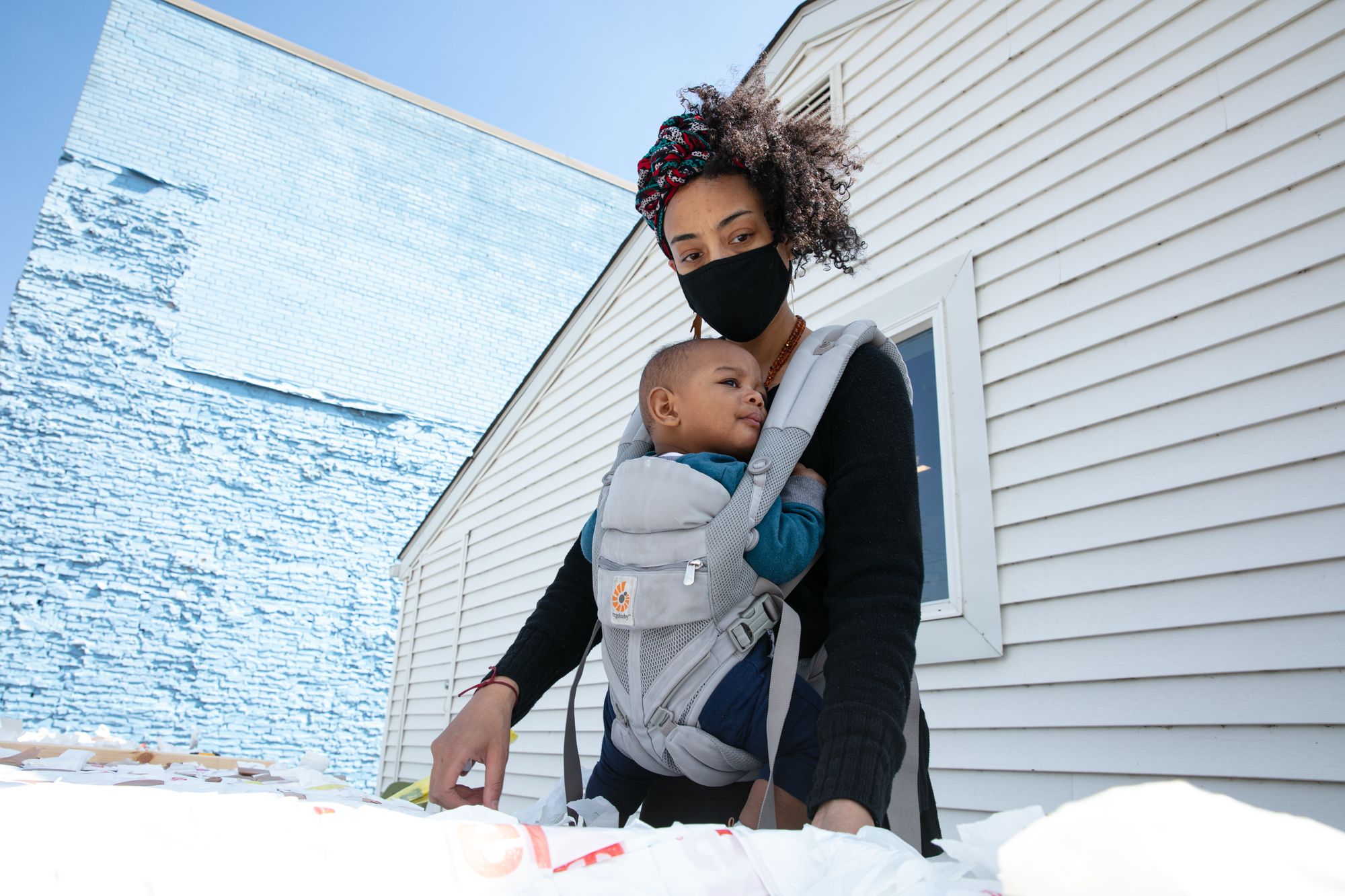
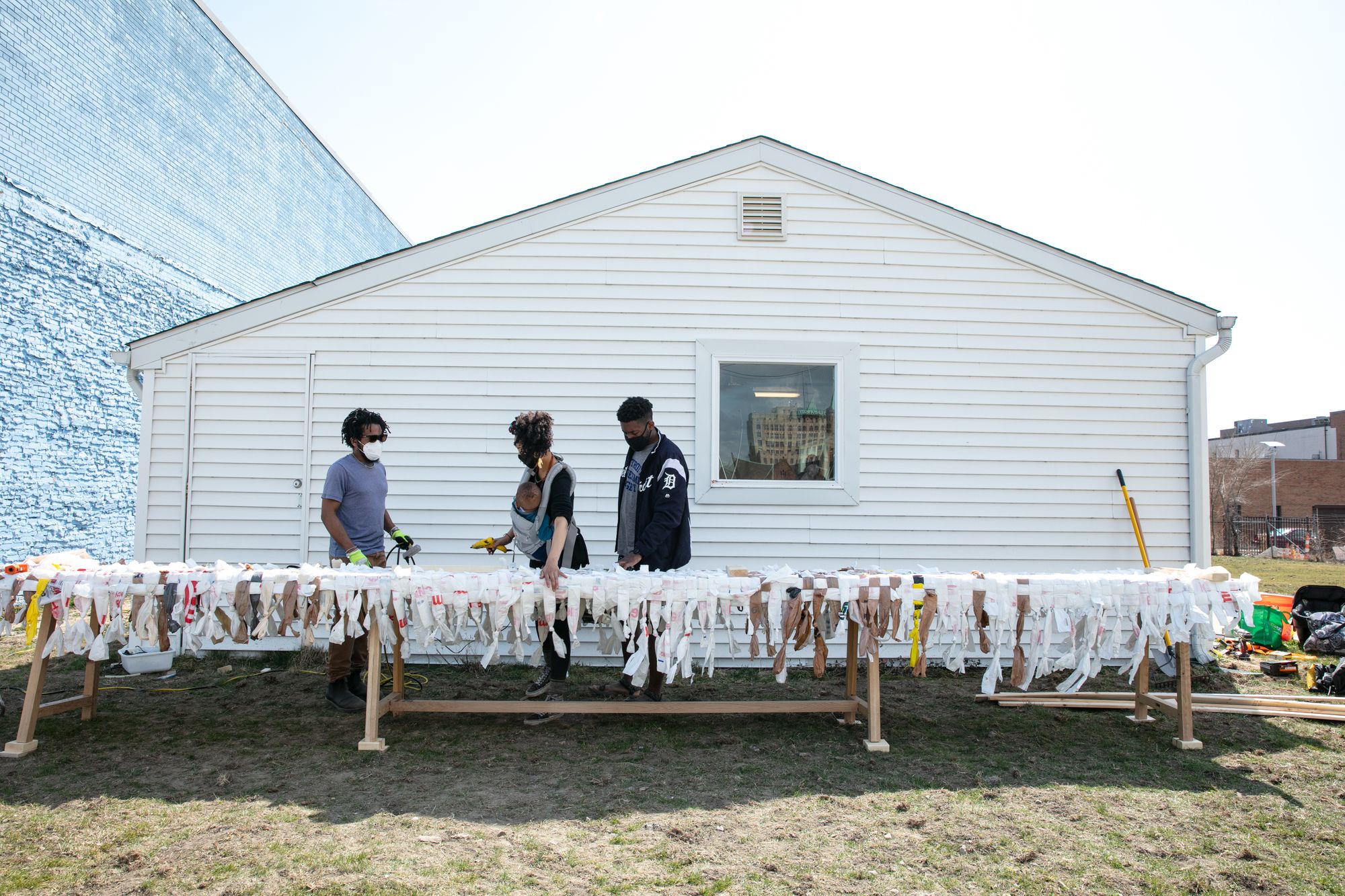
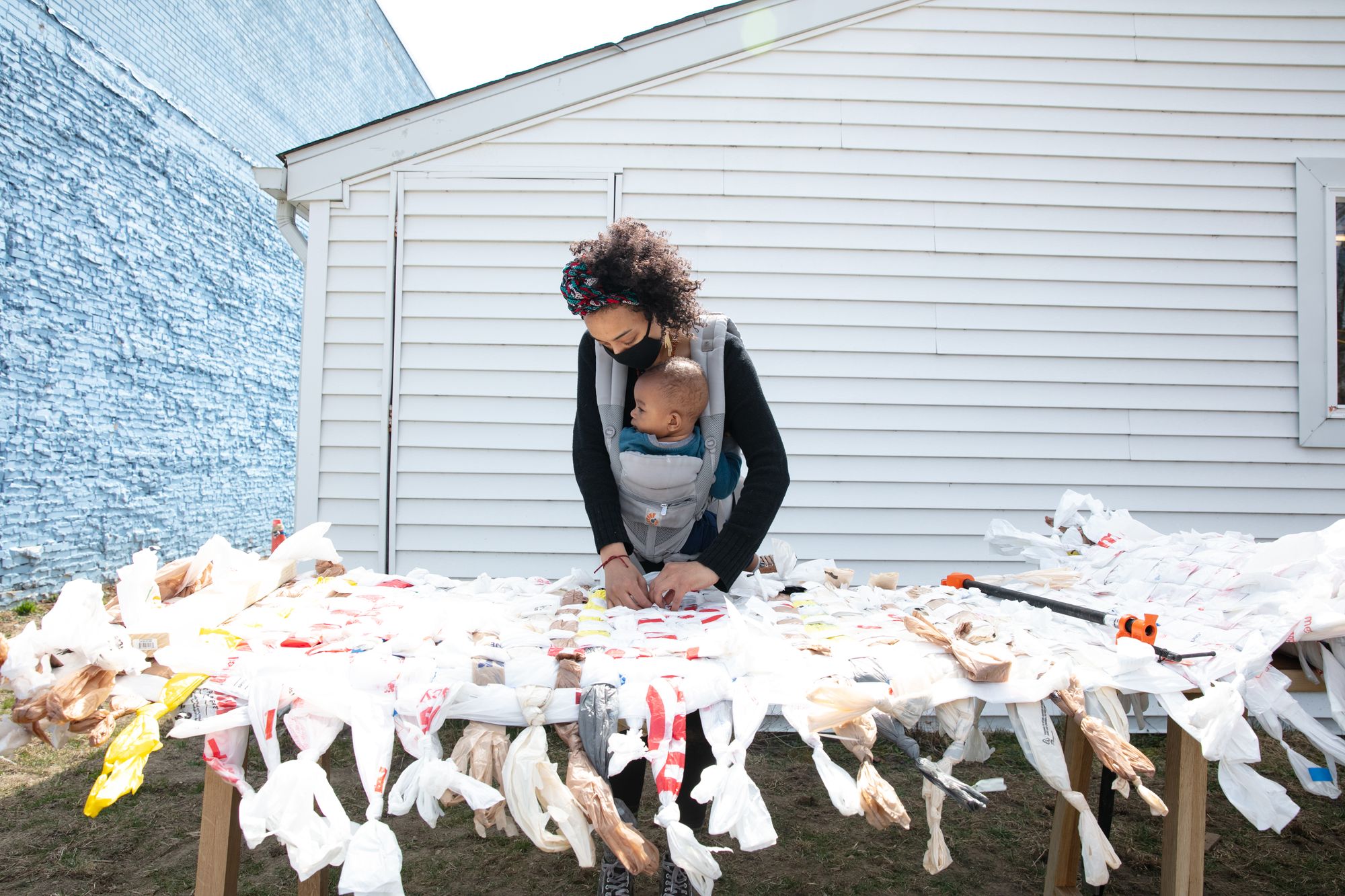
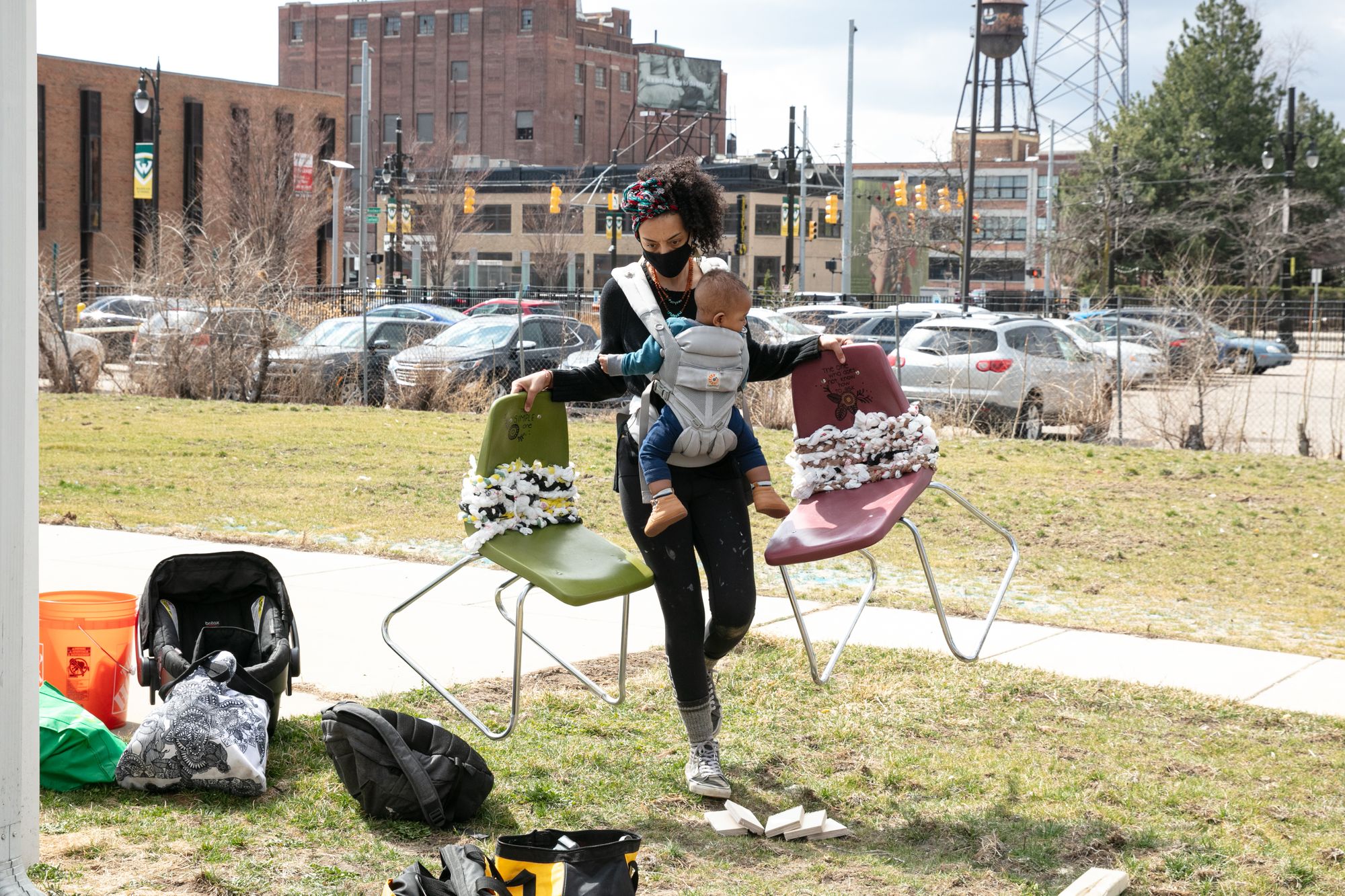
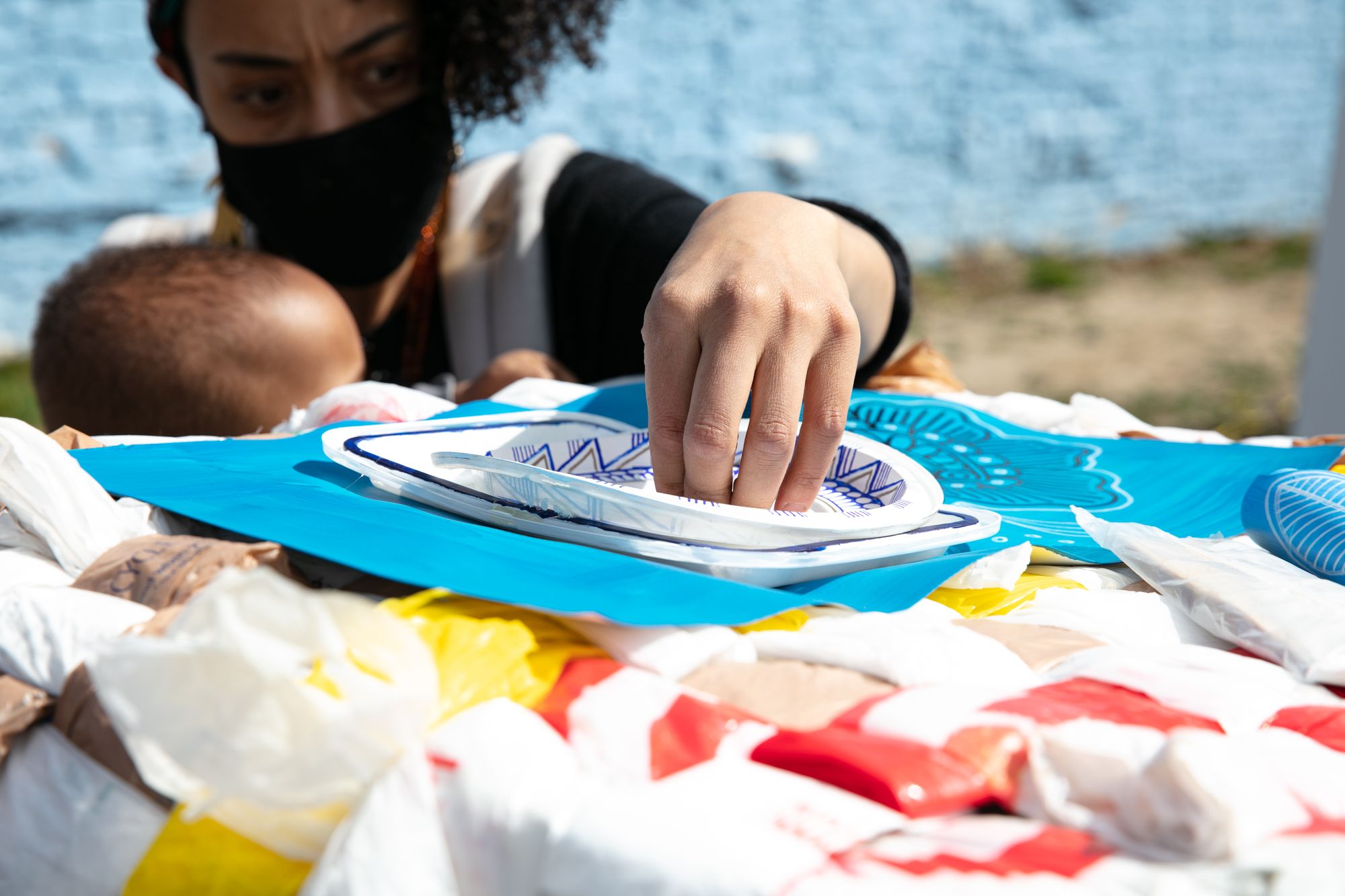
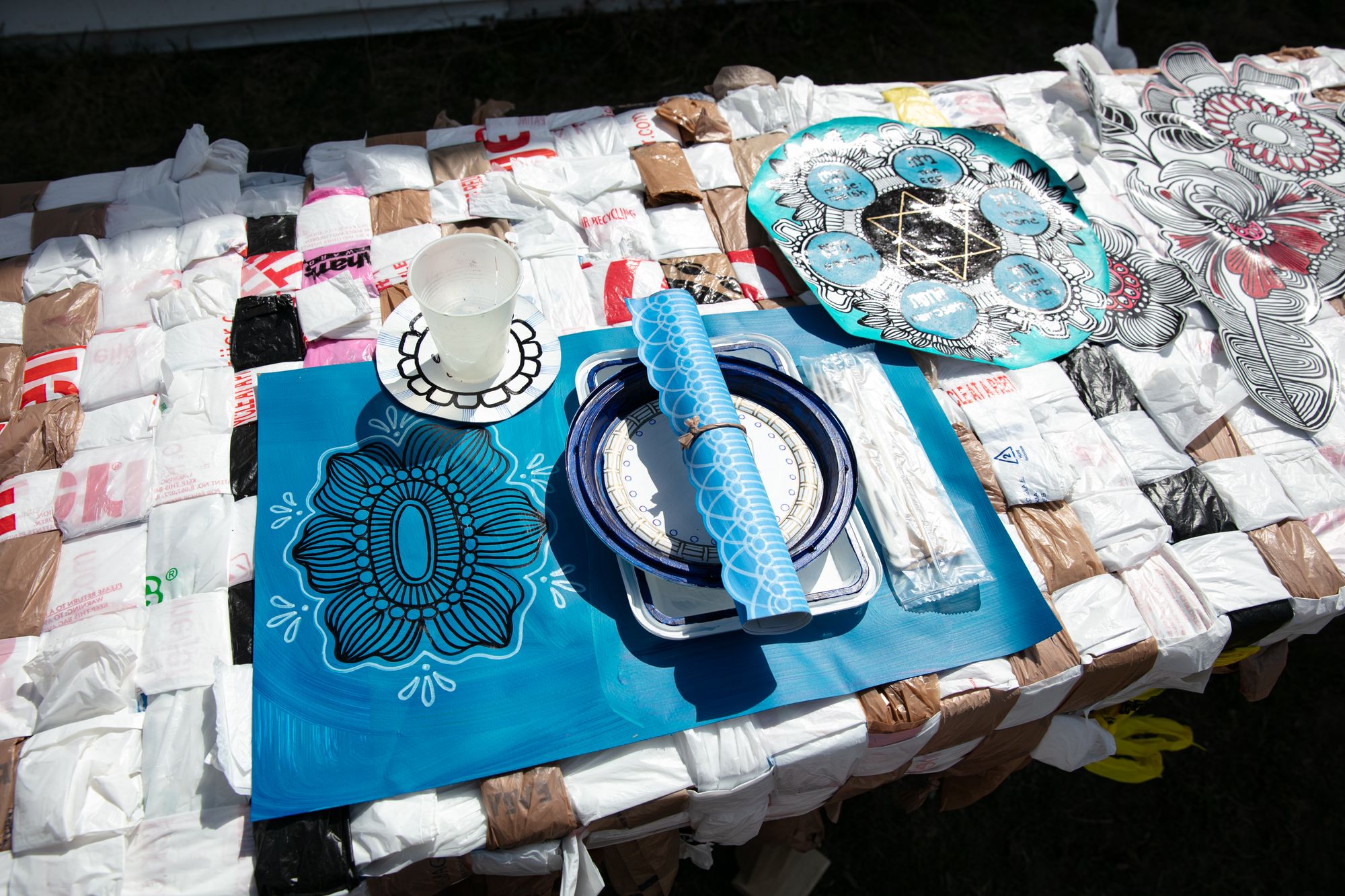
Olivia Guterson is an interdisciplinary artist, born in Gallup, New Mexico, based in Detroit. She is deeply influenced by the textures, landscapes, and patterns of her upbringing in the Southwest, as well as her Jewish and African heritage. She works predominantly in black and white for its stability, intensity, and honesty while incorporating ancestral patterns and narratives. Olivia studied at the Evergreen State College, Washington State. In 2020, she curated her first exhibition, “The Space Between” at the Ann Arbor Art Center. She presently is a resident at Sibyls Shrine and AS220’s Practice//Practice. Private and public collections where her works can be found include: Detroit Art Collection, Library Street Collective, Shinola Hotel, and ROI in Jerusalem. Her work has been shown at the Arab American National Museum, Art Week Miami, JADA Art Fair, Norwest Gallery, Detroit Artist Market, Ann Arbor Art Center, and more. Learn more at midnightolive.com.
Comments
Sign in or become a Nu?Detroit member to join the conversation.
Just enter your email below to get a log in link.